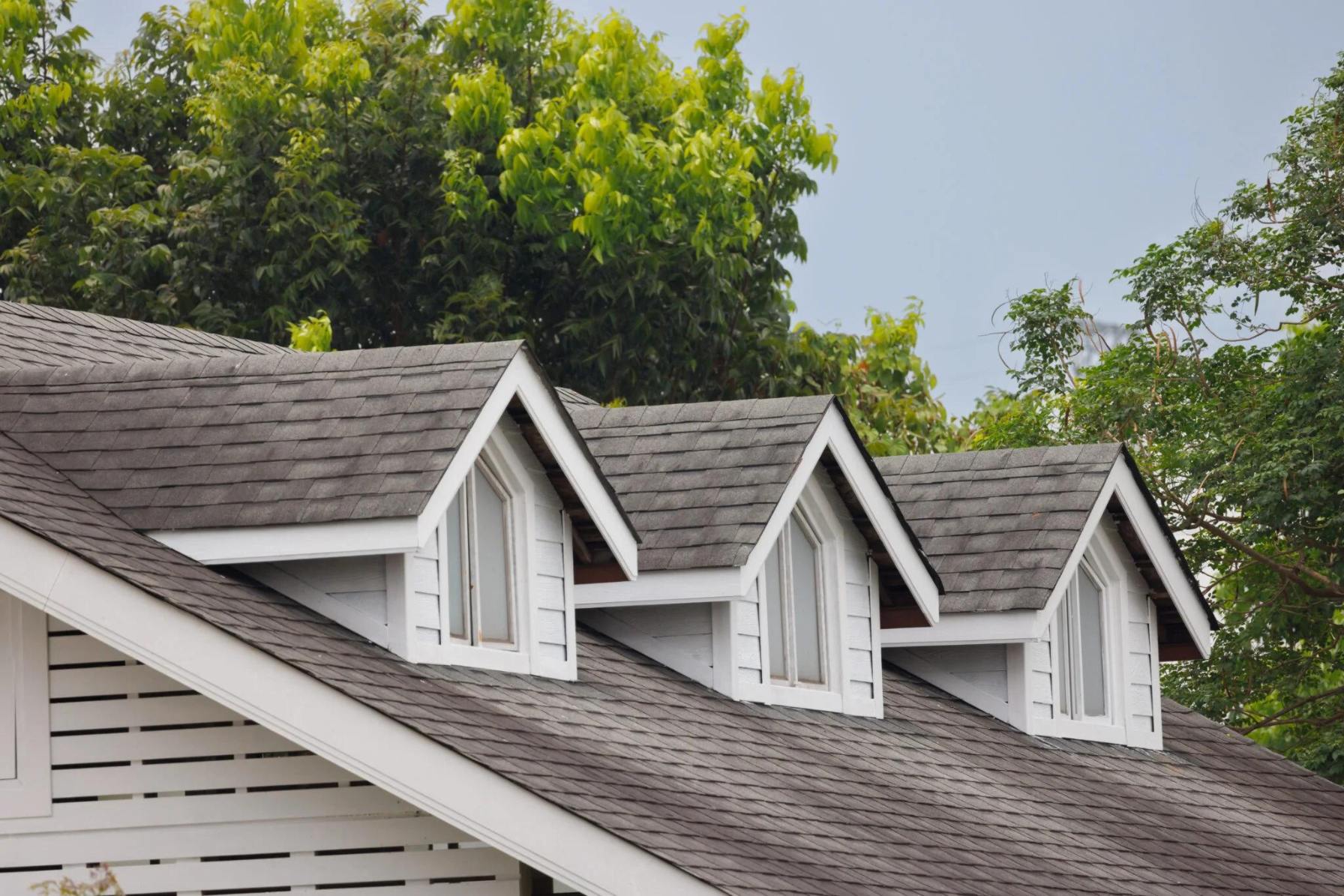

Articles
What Is A Roof Shingle
Modified: December 7, 2023
Learn everything you need to know about roof shingles in this informative article. Discover the different types, installation process, and maintenance tips for a durable and stylish roof.
(Many of the links in this article redirect to a specific reviewed product. Your purchase of these products through affiliate links helps to generate commission for Storables.com, at no extra cost. Learn more)
Introduction
Welcome to the world of roof shingles! If you are embarking on a roofing project or simply curious about the different types of shingles available, you’ve come to the right place. Roof shingles are an integral part of any roofing system, providing protection, insulation, and aesthetic appeal to your home or building.
In this article, we will explore what roof shingles are, the various types of shingles available, their benefits, installation process, maintenance tips, and more. Whether you’re a homeowner, contractor, or just an enthusiast, you’ll gain valuable insights on this essential roofing component.
So, let’s dive in and discover the fascinating world of roof shingles.
Key Takeaways:
- Roof shingles are versatile, offering a range of options such as asphalt, wood, tile, metal, shake, and composite shingles, each with unique benefits and considerations. They provide protection, insulation, and aesthetic appeal to buildings.
- Proper installation and regular maintenance are crucial for the longevity and performance of roof shingles. From inspections to cleaning and addressing issues promptly, proactive care ensures the durability and aesthetic appeal of shingle roofs.
Read more: What Are The Best Roof Shingles
Definition of a Roof Shingle
A roof shingle is a flat or curved, rectangular piece of material that is used to cover the roof of a building. It is typically made of various materials such as asphalt, wood, tile, metal, shake, or composite. Roof shingles are laid in an overlapping pattern to create a protective barrier against the elements, including rain, snow, wind, and sunlight.
Roof shingles serve multiple purposes. Firstly, they provide a waterproof layer that prevents water from seeping into the underlying structure of the roof. This is essential for maintaining the integrity of the building and preventing damage to the interior. Secondly, roof shingles offer insulation, keeping the building warm in the winter and cool in the summer. Additionally, shingles contribute to the overall aesthetic appeal of the property, enhancing its curb appeal and value.
Roof shingles come in various shapes, sizes, colors, and materials, allowing homeowners and builders to choose the option that best suits their needs and preferences. Different types of shingles offer different benefits in terms of durability, lifespan, maintenance requirements, and cost.
It is important to note that roof shingles are distinct from roof tiles, although the terms are sometimes used interchangeably. While shingles are usually made from flexible materials and are installed in an overlapping pattern, roof tiles are generally made from rigid materials such as clay or concrete and are installed in an interlocking manner.
Now that we have a clear understanding of what roof shingles are, let’s explore the various types available and their unique characteristics.
Types of Roof Shingles
There are several types of roof shingles available, each with its own distinctive characteristics and benefits. Let’s take a closer look at some of the most common types:
- Asphalt Shingles: Asphalt shingles are the most popular and widely used type of roof shingles. They are made from a fiberglass base that is coated with asphalt granules. Asphalt shingles are known for their affordability, durability, and ease of installation. They come in a variety of colors and styles, making them versatile and suitable for most residential roofing projects.
- Wood Shingles: Wood shingles, also known as cedar shingles, impart a natural and rustic look to a roof. They are made from cedar or other types of wood and offer excellent insulation properties. Wood shingles are durable and weather-resistant, but they require regular maintenance to prevent rot, moss, and insect infestation.
- Tile Shingles: Tile shingles, often made of clay or concrete, are renowned for their longevity and aesthetic appeal. They are sturdy, fire-resistant, and can withstand harsh weather conditions. Tile shingles come in various shapes, including flat, curved, and interlocking, allowing for versatile roof designs.
- Metal Shingles: Metal shingles are durable, lightweight, and eco-friendly. They are typically made of aluminum, steel, or copper. Metal shingles offer excellent protection against fire, wind, and hail damage. They are available in a variety of styles and colors, including designs that resemble traditional roof materials such as slate, wood, or tile.
- Shake Shingles: Shake shingles are hand-split from logs and have a rustic and natural appearance. They are thicker than wood shingles and can withstand extreme weather conditions. Shake shingles require regular maintenance to prevent decay, but they can provide a unique and charming look to a roof.
- Composite Shingles: Composite shingles, also known as synthetic shingles, are made from a combination of materials such as rubber, plastic, and fiberglass. They mimic the look of other roofing materials, such as wood or slate, but offer enhanced durability and lower maintenance requirements. Composite shingles are resistant to rot, mold, and impact damage.
Each type of roof shingle has its own set of advantages and considerations. It is important to carefully consider factors such as budget, climate, architectural style, and personal preferences when choosing the right shingles for your roof.
Now that we have explored the different types of roof shingles, let’s delve deeper into some of the benefits they offer.
Asphalt Shingles
Asphalt shingles are one of the most popular and widely used types of roof shingles. They are an affordable, durable, and versatile option for residential roofing projects. Let’s take a closer look at the features and benefits of asphalt shingles:
1. Affordability: Asphalt shingles are known for their cost-effectiveness. They are comparatively cheaper than other roofing materials such as wood or tile. This makes them a popular choice for homeowners on a tight budget or those looking for a cost-effective roofing solution.
2. Durability: Asphalt shingles are designed to withstand various weather conditions and have a relatively long lifespan. The shingles are made from a fiberglass base that is coated with asphalt and topped with ceramic granules. This combination provides excellent resistance to UV rays, high winds, and impact damage.
3. Ease of Installation: Asphalt shingles are relatively easy to install, making them a preferred choice for both professional roofing contractors and DIY enthusiasts. The shingles are lightweight and can be easily cut to fit different roof shapes and angles.
4. Aesthetically Pleasing: Asphalt shingles are available in a wide range of colors and styles, allowing homeowners to choose the option that best complements their home’s architectural style. Whether you prefer a traditional look or a more contemporary aesthetic, there is an asphalt shingle design to suit your taste.
5. Low Maintenance: Asphalt shingles require minimal maintenance. They are resistant to mold, mildew, and algae growth, reducing the need for regular cleaning. Occasional inspections and basic maintenance, such as removing debris and checking for damaged shingles, are usually sufficient to keep the roof in good condition.
6. Energy Efficiency: Certain types of asphalt shingles are designed to offer enhanced energy efficiency. They are reflective and help to reduce heat absorption, keeping the interior of your home cooler in hot weather and potentially lowering your energy bills.
It is important to note that the quality and performance of asphalt shingles can vary depending on the brand and grade. It is recommended to choose shingles that are certified by industry standards such as ASTM (American Society for Testing and Materials) for superior quality and durability.
Overall, asphalt shingles provide an excellent combination of affordability, durability, and aesthetic appeal. They are a popular choice for homeowners looking for a reliable and cost-effective roofing solution that can withstand the test of time.
Now that we have explored the features of asphalt shingles, let’s continue to explore other types of roof shingles.
Wood Shingles
Wood shingles, also known as cedar shingles, are a popular choice for homeowners who desire a natural and rustic look for their roof. Made from cedar or other types of wood, wood shingles offer unique benefits and aesthetic appeal. Let’s delve deeper into the features and advantages of wood shingles:
1. Natural Beauty: One of the primary reasons homeowners choose wood shingles is their natural beauty. They lend a timeless charm and warmth to a home’s exterior, enhancing its curb appeal. Wood shingles age gracefully over time, developing a silver-grey patina that adds character to the roof.
2. Insulation Properties: Wood shingles offer excellent insulation properties, helping to regulate temperature and reduce energy consumption. They provide a natural insulating barrier, keeping the home cooler in summer and warmer in winter. This can result in energy savings and increased comfort throughout the year.
3. Environmentally Friendly: Wood shingles are an eco-friendly option. They are made from a renewable resource and have a lower carbon footprint compared to other roofing materials. Additionally, wood shingles are biodegradable, which means they do not contribute to landfill waste.
4. Longevity: When properly maintained, wood shingles can have a long lifespan. With regular inspections, repairs, and treatments, wood shingles can last for several decades. However, it is important to note that the lifespan of wood shingles can vary depending on factors such as climate, installation quality, and maintenance practices.
5. Weather Resistance: Wood shingles are naturally resilient to wind, hail, and impact damage. Cedar, in particular, contains natural oils that provide resistance to decay, insects, and rot. Proper installation and routine maintenance are essential to ensure the longevity and weather resistance of wood shingles.
6. Customizability: Wood shingles offer flexibility in terms of design and customization. They can be cut into various shapes and sizes, allowing for unique and intricate roof designs. Homeowners can also choose from a range of finishes or stains to achieve the desired appearance.
It is important to note that wood shingles do require regular maintenance to preserve their durability and appearance. This includes periodic cleaning, treating for moss and algae growth, and inspecting for damaged or loose shingles. Proper ventilation in the attic is also crucial to prevent moisture buildup and extend the lifespan of wood shingles.
While wood shingles offer undeniable charm and natural beauty, their higher cost and maintenance requirements should be taken into consideration. Local building codes and regulations may also dictate the use of wood shingles in certain areas due to fire safety concerns.
Now that we have explored the features and benefits of wood shingles, let’s move on to discussing tile shingles.
Read more: What Goes Under Roof Shingles
Tile Shingles
Tile shingles, also known as clay or concrete tiles, are a popular choice for homeowners seeking durability, longevity, and a distinct aesthetic appeal for their roofs. Let’s explore the features and advantages of tile shingles:
1. Longevity: Tile shingles are renowned for their exceptional durability and longevity. They have a lifespan of 50 years or more when properly installed and maintained. This longevity makes tile shingles a cost-effective choice in the long run as they require less frequent replacement compared to other roofing materials.
2. Aesthetic Appeal: Tile shingles offer a timeless and elegant appearance that enhances the curb appeal of a home. They come in a variety of shapes, including flat, curved, and interlocking, allowing homeowners to achieve various architectural styles. Tile shingles are available in numerous colors and finishes, providing versatility in design options.
3. Weather Resistance: Tile shingles are highly resistant to extreme weather conditions. They can withstand strong winds, heavy rain, hail, and even fire. Concrete tiles, in particular, provide excellent fire resistance, making them a popular choice in fire-prone areas.
4. Energy Efficiency: Tile shingles have natural thermal properties that can help regulate temperature inside the home. They provide insulation, keeping the house cooler in hot weather and reducing the need for excessive air conditioning. This energy efficiency can lead to cost savings on cooling expenses.
5. Low Maintenance: Tile shingles are relatively low maintenance compared to other roofing materials. They do not rot, warp, or decay like wood shingles. Additionally, they are resistant to pests, mold, and mildew. Regular inspections and occasional cleaning are generally all that is needed to ensure their longevity and performance.
6. Eco-Friendly: Tile shingles are an environmentally friendly roofing option. The materials used in the production of tile shingles, whether clay or concrete, are sourced from abundant natural resources. Additionally, at the end of their lifespan, tile shingles can be recycled, further reducing environmental impact.
It is important to note that the installation of tile shingles requires expertise and careful consideration of the structural load-bearing capacity of the building. Due to their weight, additional support may be needed during installation. It is recommended to consult with a professional roofing contractor familiar with tile shingle installations.
Tile shingles may have a higher initial cost compared to other roofing materials, but their longevity and durability make them a worthwhile investment. They provide a distinctive and visually appealing roof that can withstand the test of time and the elements.
Now that we have explored the features and benefits of tile shingles, let’s move on to discussing the advantages of metal shingles.
Metal Shingles
Metal shingles have gained popularity in recent years as a durable, lightweight, and environmentally friendly roofing option. Made of materials such as aluminum, steel, or copper, metal shingles offer unique features and advantages. Let’s explore the benefits of metal shingles:
1. Durability: Metal shingles are known for their exceptional durability and longevity. They are highly resistant to fire, wind, hail, and other extreme weather conditions. Metal shingles can withstand impacts, preventing damage from falling branches or debris during storms.
2. Lightweight: Compared to other roofing materials, metal shingles are lightweight. This reduces the strain on the roof structure and allows for easier installation. The lightweight nature of metal shingles also makes them suitable for retrofitting existing roofs without compromising the structural integrity.
3. Low Maintenance: Metal shingles require minimal maintenance. They are resistant to cracking, splitting, and warping. Metal shingles do not rot or decay, and they are also resistant to pests, such as insects and termites. Regular inspections and occasional cleaning are usually sufficient to keep the roof in good condition.
4. Energy Efficiency: Metal shingles offer excellent energy efficiency. They reflect sunlight, reducing heat absorption and keeping the interior of the building cooler. This can lead to energy savings on cooling costs during hot summer months. Metal shingles are also conducive to integrating solar panel systems, further enhancing energy efficiency and sustainability.
5. Sustainability: Metal shingles are highly sustainable as they are made from recyclable materials. At the end of their lifespan, metal shingles can be recycled and used to create new products. Additionally, the reflective properties of metal shingles help reduce urban heat island effects and minimize the environmental impact.
6. Versatility: Metal shingles are available in a wide range of colors, styles, and finishes. Homeowners can choose from various profiles and designs to match their aesthetic preferences and architectural styles. Metal shingles can even mimic the look of other roofing materials, such as slate, wood, or tile.
It’s important to note that metal shingles are typically more expensive upfront than some other roofing materials. However, their durability and longevity make them a cost-effective choice in the long run. When considering metal shingles, it’s advisable to consult with a professional roofing contractor to assess the specific requirements of your project.
Now that we have explored the benefits of metal shingles, let’s move on to discussing shake shingles and their unique characteristics.
When choosing roof shingles, consider factors such as material (asphalt, wood, metal), durability, and aesthetic appeal. Research local climate and building codes for best options.
Shake Shingles
Shake shingles, also known as cedar shake shingles, are a popular roofing option for homeowners who desire a rustic and natural look for their roofs. Made from hand-split logs of cedar or other types of wood, shake shingles offer unique features and advantages. Let’s delve deeper into the benefits of shake shingles:
1. Natural and Rustic Appearance: Shake shingles provide a distinct and charming look to a home. The hand-split texture and natural variations in color and grain create a visually appealing roof that adds character and curb appeal.
2. Durability: Shake shingles are known for their durability and ability to withstand harsh weather conditions. Cedar, the most common material used for shake shingles, contains natural oils that make it resistant to decay, insects, and rot. When properly installed and maintained, shake shingles can last for several decades.
3. Enhanced Insulation: Shake shingles provide excellent insulation properties. The natural thickness and density of wood help regulate temperature and reduce energy consumption. This can result in lower heating and cooling costs and increased comfort inside the home.
4. Weather Resistance: Shake shingles have a high resistance to wind, hail, and impact damage. With their thick and sturdy composition, they can withstand extreme weather conditions. However, it’s essential to note that shake shingles may require periodic maintenance such as resealing or treatment to ensure their long-term weather resistance.
5. Environmental Benefits: Shake shingles are considered an eco-friendly roofing option. They are made from a renewable resource and have a lower carbon footprint compared to other roofing materials. Furthermore, at the end of their lifespan, shake shingles can be recycled or composted, further reducing environmental impact.
6. Customizability: Shake shingles offer versatility in terms of design and customization. They can be cut into different widths and lengths, allowing for unique and intricate roof patterns. Homeowners can also choose from different finishes and stains to achieve the desired aesthetic look.
It is important to note that shake shingles require regular maintenance to ensure their longevity. This includes periodic cleaning, treating for moss, mildew, and algae growth, and inspecting for damaged or loose shingles. Proper ventilation in the attic is also crucial to prevent moisture buildup and extend the lifespan of shake shingles.
While shake shingles provide a rustic and natural look, their higher cost and maintenance requirements should be taken into consideration. Local building codes and regulations may dictate the use of shake shingles in certain areas due to fire safety concerns.
Now that we have explored the features and benefits of shake shingles, let’s move on to discussing composite shingles and their advantages.
Composite Shingles
Composite shingles, also known as synthetic shingles, are a popular roofing option known for their durability, versatility, and low maintenance requirements. Made from a combination of materials such as rubber, plastic, and fiberglass, composite shingles offer unique features and advantages. Let’s explore the benefits of composite shingles:
1. Durability: Composite shingles are engineered to be highly durable and long-lasting. They are resistant to rot, decay, and insect damage, making them a reliable choice for protecting your home. Composite shingles are also designed to withstand harsh weather conditions, including strong winds and impact from hail or debris.
2. Low Maintenance: Composite shingles require minimal maintenance compared to other roofing materials. They do not require regular treatments or sealing, and they resist mold, algae, and moss growth. Periodic inspections and basic cleaning are typically all that is needed to keep composite shingles in good condition.
3. Wide Range of Designs: Composite shingles offer versatility in terms of design and appearance. They come in a wide range of colors, styles, and textures, allowing homeowners to achieve the desired aesthetic for their roofs. Composite shingles can mimic the look of other materials like wood, slate, or tile, offering a cost-effective alternative.
4. Lightweight: Composite shingles are lightweight, which makes them easier to handle during installation. The reduced weight also puts less stress on the roof structure. This feature can be particularly beneficial for older homes or structures with load-bearing considerations.
5. Energy Efficiency: Certain types of composite shingles are designed to provide energy efficiency benefits. They have reflective properties that help reduce heat absorption, keeping the home cooler in the summer. This can lead to lower cooling costs and increased energy efficiency.
6. Environmentally Friendly: Composite shingles are an environmentally friendly roofing option. They are typically made from recycled materials, such as rubber from tires or plastic from bottles. By utilizing recycled content, composite shingles contribute to reducing waste and conserving natural resources.
It is important to note that the overall lifespan and performance of composite shingles can vary depending on the quality and brand. It’s recommended to choose composite shingles that are certified and meet industry standards for durability and performance.
Composite shingles offer an appealing combination of durability, versatility, and low maintenance requirements. They are an excellent option for homeowners looking for a reliable and cost-effective roofing solution that offers long-term value.
Now that we have explored the features and benefits of composite shingles, let’s move on to discussing the overall benefits of roof shingles as a roofing option.
Read more: How To Figure Shingles For A Roof
Benefits of Roof Shingles
Roof shingles offer numerous benefits that make them a popular choice for homeowners and builders alike. Let’s explore some of the key advantages of using roof shingles:
1. Protection from the Elements: One of the primary functions of roof shingles is to provide a protective barrier against the elements. Shingles are designed to prevent water infiltration, protecting the underlying structure of the roof from damage caused by rain, snow, and ice. They also shield the building from wind, debris, and harmful UV rays.
2. Aesthetic Appeal: Roof shingles play a significant role in enhancing the overall aesthetics of a building. Shingles come in a wide variety of shapes, sizes, colors, and materials, allowing homeowners to choose an option that matches their architectural style and personal preferences. The right choice of shingles can greatly improve the curb appeal and value of a property.
3. Versatility in Design: Shingles offer versatility in roof design. They can be installed in different patterns and configurations, allowing for creative expression and unique roof designs. This flexibility is especially beneficial for customizing the appearance of a home or building.
4. Durability and Longevity: Many types of roof shingles are known for their durability and long lifespan. Whether it’s asphalt shingles, wood shingles, tile shingles, metal shingles, or composite shingles, each material has its own set of characteristics that contribute to their durability. When properly installed and maintained, roof shingles can last for several decades.
5. Energy Efficiency: Certain types of roof shingles, such as metal or reflective composite shingles, offer energy efficiency benefits. These shingles have properties that reflect sunlight, reducing heat absorption into the home. This can help lower energy consumption for cooling during hot seasons and potentially reduce utility bills.
6. Ease of Installation and Maintenance: Roof shingles are relatively easy to install, making them a preferred choice for roofing contractors and DIY enthusiasts. They are lightweight, which simplifies the installation process and reduces the strain on the roof structure. Additionally, most shingles require minimal maintenance, making them a practical and low-maintenance roofing option.
7. Cost-Effectiveness: Roof shingles, such as asphalt or composite shingles, are generally more affordable compared to other roofing materials like tiles or slate. This makes them a cost-effective choice for homeowners on a budget or those looking for an economical roofing solution without compromising on quality and durability.
8. Resilience to Fire and Weather: Various types of roof shingles, such as tile or metal shingles, provide excellent resistance to fire, wind, and impact damage. These shingles can protect the home from potential fire hazards and extreme weather conditions, offering peace of mind to homeowners.
With their range of benefits, roof shingles continue to be a popular and practical choice for residential and commercial roofing projects. From protecting the building to enhancing its appearance and energy efficiency, roof shingles offer a winning combination of functionality, durability, and aesthetics.
Now that we have explored the benefits of roof shingles, let’s discuss the cost considerations associated with shingle roofs.
Cost of Roof Shingles
The cost of roof shingles can vary based on several factors, including the type of shingle, material quality, roof size, complexity of installation, and regional pricing variations. Let’s take a closer look at the cost considerations associated with roof shingles:
1. Type of Shingle: Different types of shingles have varying costs. Asphalt shingles are generally the most affordable option, followed by wood, composite, tile, metal, and shake shingles. The cost of each type of shingle is influenced by factors such as material availability, manufacturing processes, and market demand.
2. Material Quality: The quality of the shingle materials can affect their cost. Higher-quality materials typically have better durability, enhanced aesthetics, and longer lifespans. While they may come with a higher price tag, they can provide greater value in terms of longevity and overall performance.
3. Roof Size and Complexity: The total square footage of the roof and its complexity can impact the overall cost. Larger roofs require more materials and labor, leading to higher costs. Roofs with complex architectural features, multiple angles, or valleys may require additional workmanship, contributing to increased installation expenses.
4. Installation Costs: The cost of installation varies depending on factors such as the region, labor rates, accessibility of the roof, and any additional requirements. Hiring a professional roofing contractor can ensure proper installation, but it will come with associated labor costs. DIY installation can save on labor expenses, but it requires knowledge, skills, and adequate time commitment.
5. Roof Preparation and Repair: In some cases, roof preparation or repair work may be necessary before installing new shingles. This can include removing the existing roof layer, repairing damaged or rotted decking, or addressing structural issues. The extent of these preparatory tasks can impact the overall cost of the shingle installation.
6. Additional Factors: Other factors that could influence the cost of roof shingles include the manufacturer, warranty coverage, and desired accessories such as underlayment, flashing, or ventilation systems. These additional components ensure better performance and longevity but can add to the overall project cost.
It is essential to obtain multiple quotes from reputable roofing contractors to compare costs and determine a budget for your roofing project. It is crucial not to compromise quality for a lower price, as investing in high-quality materials and professional installation can save money in the long run by reducing the need for frequent repairs and premature replacements.
While shingle roofs offer a cost-effective roofing solution, it is important to consider the long-term benefits, durability, and maintenance requirements of the chosen shingle type to make an informed decision that best suits your needs and budget.
Now that we have explored the cost considerations, let’s discuss the installation process of roof shingles.
Installation Process
The installation process of roof shingles involves several steps to ensure a durable and aesthetically pleasing roof. While the specific procedures may vary depending on the type of shingle and the complexity of the roof, here is a general overview of the installation process:
1. Roof Preparation: The first step is to prepare the roof for the installation of shingles. This includes inspecting the roof deck for any damage or deterioration and making necessary repairs. The roof deck should be clean, dry, and free of debris before starting the shingle installation.
2. Underlayment Installation: An underlayment, typically a layer of felt or synthetic material, is installed over the roof deck. The underlayment provides an extra layer of protection against water infiltration and helps to prevent moisture buildup. It acts as a barrier between the shingles and the roof deck.
3. Shingle Placement: Once the underlayment is in place, the shingles can be installed. The installation begins at the eaves or bottom edge of the roof and progresses upward row by row. Each shingle is positioned and secured according to the manufacturer’s guidelines and local building codes. Proper alignment, overlapping, and fastening techniques are crucial for a secure and watertight installation.
4. Trim and Flashing Installation: Trim and flashing elements are installed around roof edges, chimneys, vents, and other roof penetrations to provide additional waterproofing. Flashing materials, such as metal or rubber, are used to seal joints and prevent water from entering vulnerable areas of the roof.
5. Ridge Cap Installation: The ridge caps, also known as ridge shingles, are installed along the ridges of the roof to provide a finished look and added protection. They are specially designed shingles that overlap the ridge and are fastened securely to ensure a watertight seal.
6. Clean-up and Inspection: Once the shingles are installed, the roof is thoroughly cleaned to remove any debris or excess materials. A final inspection is conducted to ensure proper installation, alignment, and to address any potential issues or deficiencies.
It’s important to note that roof shingle installation is a specialized task that should be entrusted to professional roofing contractors. They have the knowledge, skills, and equipment to handle the installation process safely and efficiently, ensuring the best possible outcome for your roof.
Understanding the installation process can help you have informed discussions with the roofing contractor, ask relevant questions, and have a better understanding of the work involved in your roofing project.
Now that we have explored the installation process, let’s discuss some maintenance tips to keep your roof shingles in optimal condition.
Maintenance Tips
To ensure the longevity and optimal performance of your roof shingles, regular maintenance is essential. Here are some maintenance tips to keep your roof shingles in excellent condition:
1. Regular Inspections: Conduct regular visual inspections of your shingles to check for any signs of damage, such as cracked, curled, or missing shingles. Inspect the flashing and any penetrations on the roof for signs of wear or deterioration. Addressing issues early can prevent further damage and costly repairs.
2. Keep the Roof Clean: Remove debris, such as leaves, branches, and moss, from your roof regularly. Accumulated debris can trap moisture, leading to the growth of algae or moss. Use a soft-bristle brush or leaf blower for gentle cleaning. Avoid using pressure washers or harsh chemicals that could damage the shingles.
3. Clear the Gutters: Clean and clear the gutters and downspouts regularly to ensure proper water drainage. Clogged gutters can cause water to back up and seep under the shingles, leading to water damage and potential leaks. Trim overhanging tree branches that may contribute to clogged gutters.
4. Inspect and Maintain the Attic: Regularly check your attic for any signs of leaks, water stains, or moisture issues. Ensure proper insulation and ventilation to prevent excessive heat buildup and condensation, which can affect the shingles’ integrity. Adequate airflow in the attic helps to prolong the lifespan of the shingles.
5. Address Moss and Algae Growth: If you notice moss or algae growth on your shingles, address it promptly. Use a solution of water and bleach (in a 3:1 ratio) or a commercially available roof cleaning product to gently remove the growth. Take precautions to protect yourself, the landscaping, and the environment when using any cleaning solutions.
6. Professional Inspections: Schedule professional roofing inspections at least once a year or after severe weather events. A professional roofer can assess the condition of your shingles, identify any potential issues, and perform necessary repairs or maintenance to keep your roof in optimal condition.
7. Trim Overhanging Branches: Trim tree branches that hang over your roof to prevent damage from falling branches or rubbing against the shingles. Overhanging branches can also contribute to the growth of moss or algae by blocking sunlight and creating a moist environment.
8. Be Proactive with Repairs: If you notice any signs of damage or issues with your roof shingles, such as leaks, loose shingles, or damaged flashing, address them promptly. Ignoring small problems can lead to more extensive damage and costly repairs down the line.
Remember to always prioritize safety when conducting any roof maintenance. If you’re unsure or uncomfortable with performing maintenance tasks, it’s best to seek professional assistance.
By following these maintenance tips, you can ensure the longevity, functionality, and aesthetic appeal of your roof shingles, providing protection and peace of mind for years to come.
Now that we have explored maintenance tips, let’s conclude our comprehensive look at roof shingles.
Read more: How To Repair Shingles On A Roof
Conclusion
Roof shingles are an essential component of any roofing system, providing protection, insulation, and aesthetic appeal. With a variety of options available, including asphalt, wood, tile, metal, shake, and composite shingles, homeowners and builders can choose the type that best suits their needs and preferences.
Asphalt shingles are a popular and cost-effective choice, offering durability, ease of installation, and a wide range of colors and styles. Wood shingles provide a natural, rustic look and excellent insulation properties, while requiring regular maintenance to prevent decay and rot.
Tile shingles offer longevity, weather resistance, and a wide range of design options, enhancing both durability and aesthetic appeal. Metal shingles are lightweight, durable, and energy-efficient, with the ability to mimic the look of other roofing materials. Shake shingles impart a charming and natural aesthetic to a roof, requiring regular maintenance to ensure longevity.
Composite shingles offer durability, versatility, and low maintenance requirements. They are made from recycled materials, making them an environmentally friendly choice. With their range of benefits, roof shingles continue to be a popular option for residential and commercial roofing projects.
Installation of roof shingles involves proper roof preparation, underlayment installation, shingle placement, and installation of trim, flashing, and ridge caps. It is recommended to hire professional roofing contractors for the installation process to ensure a secure and watertight roof.
To maintain the longevity and performance of roof shingles, regular inspections, cleaning, gutter maintenance, and addressing any issues promptly are important. It is also advisable to schedule professional roof inspections at least once a year or after severe weather events.
While the initial cost of roof shingles can vary depending on the type of shingle, material quality, roof size, and complexity, investing in high-quality materials and professional installation can increase the durability and value of your roof in the long run.
In conclusion, roof shingles provide critical functionality, durability, and aesthetic appeal to any building. By understanding the different types of shingles, their benefits, installation process, and maintenance requirements, homeowners and builders can make informed decisions to create a beautiful and long-lasting roof.
Now that we have explored the comprehensive world of roof shingles, you are equipped with the knowledge to make informed choices for your roofing needs. Happy roofing!
Frequently Asked Questions about What Is A Roof Shingle
Was this page helpful?
At Storables.com, we guarantee accurate and reliable information. Our content, validated by Expert Board Contributors, is crafted following stringent Editorial Policies. We're committed to providing you with well-researched, expert-backed insights for all your informational needs.
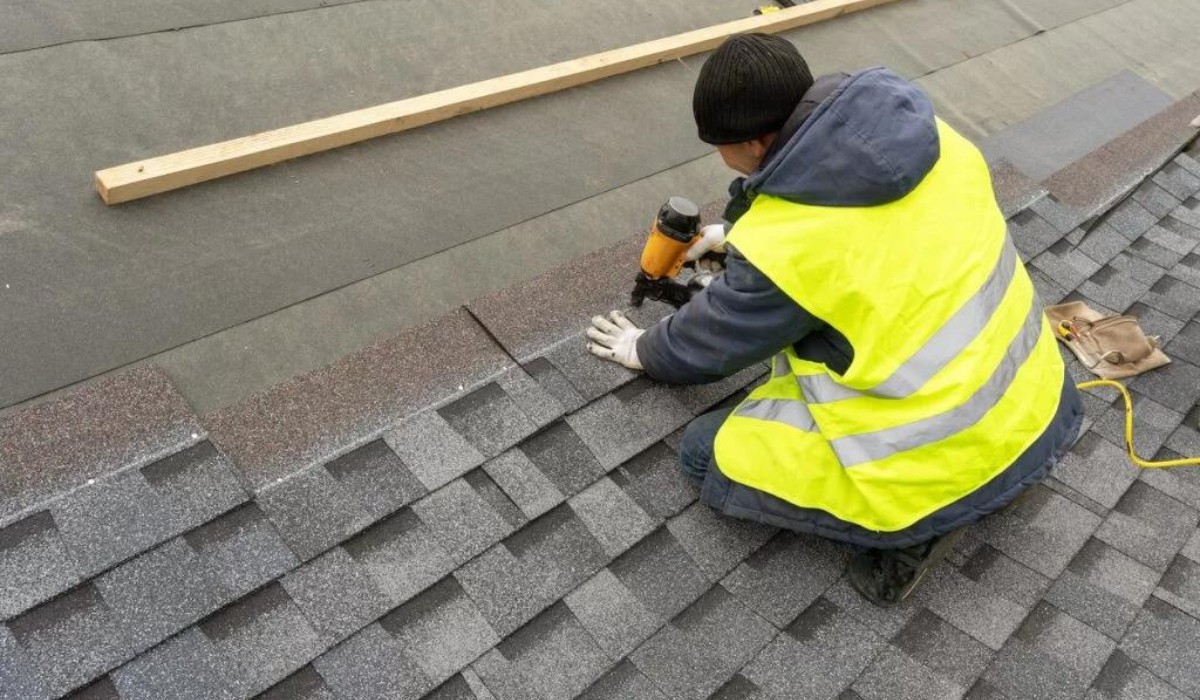
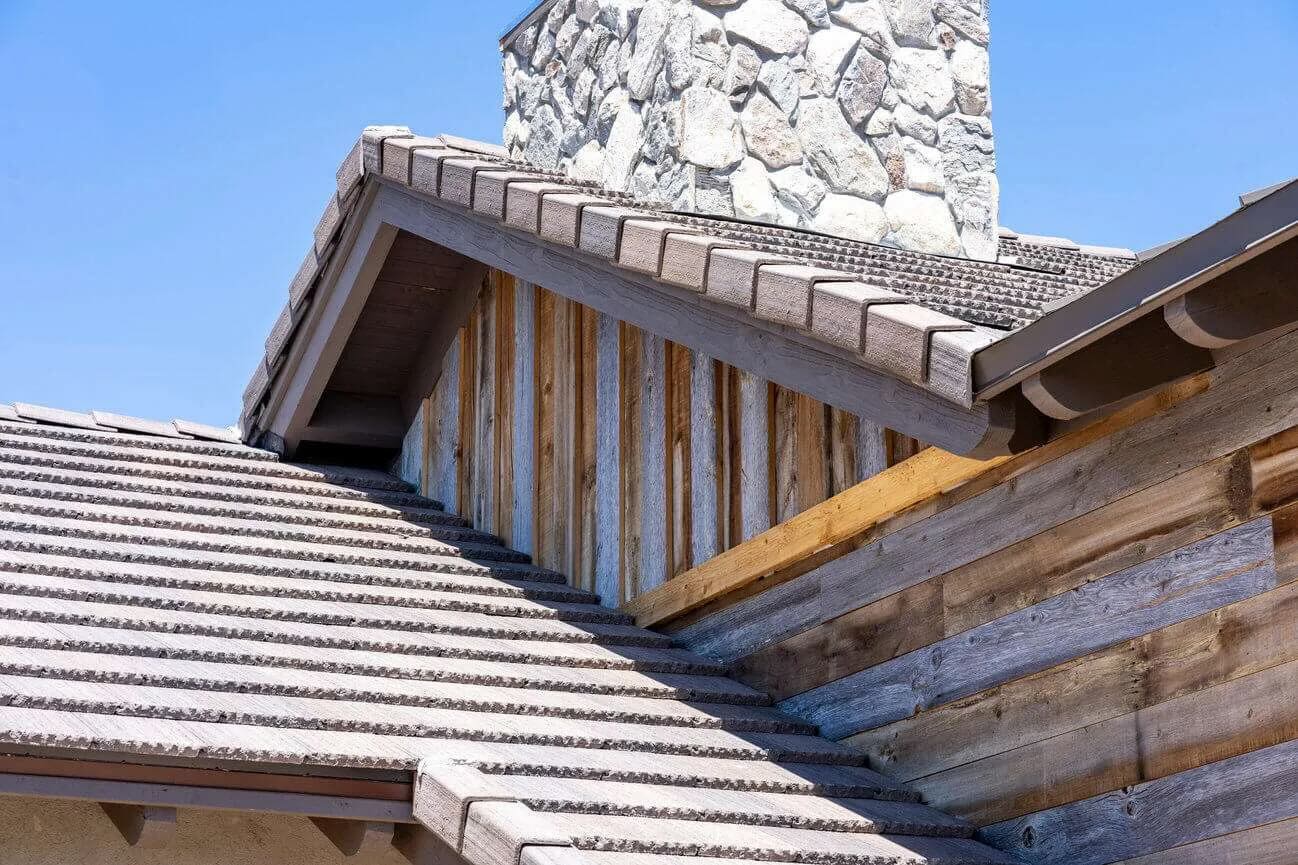
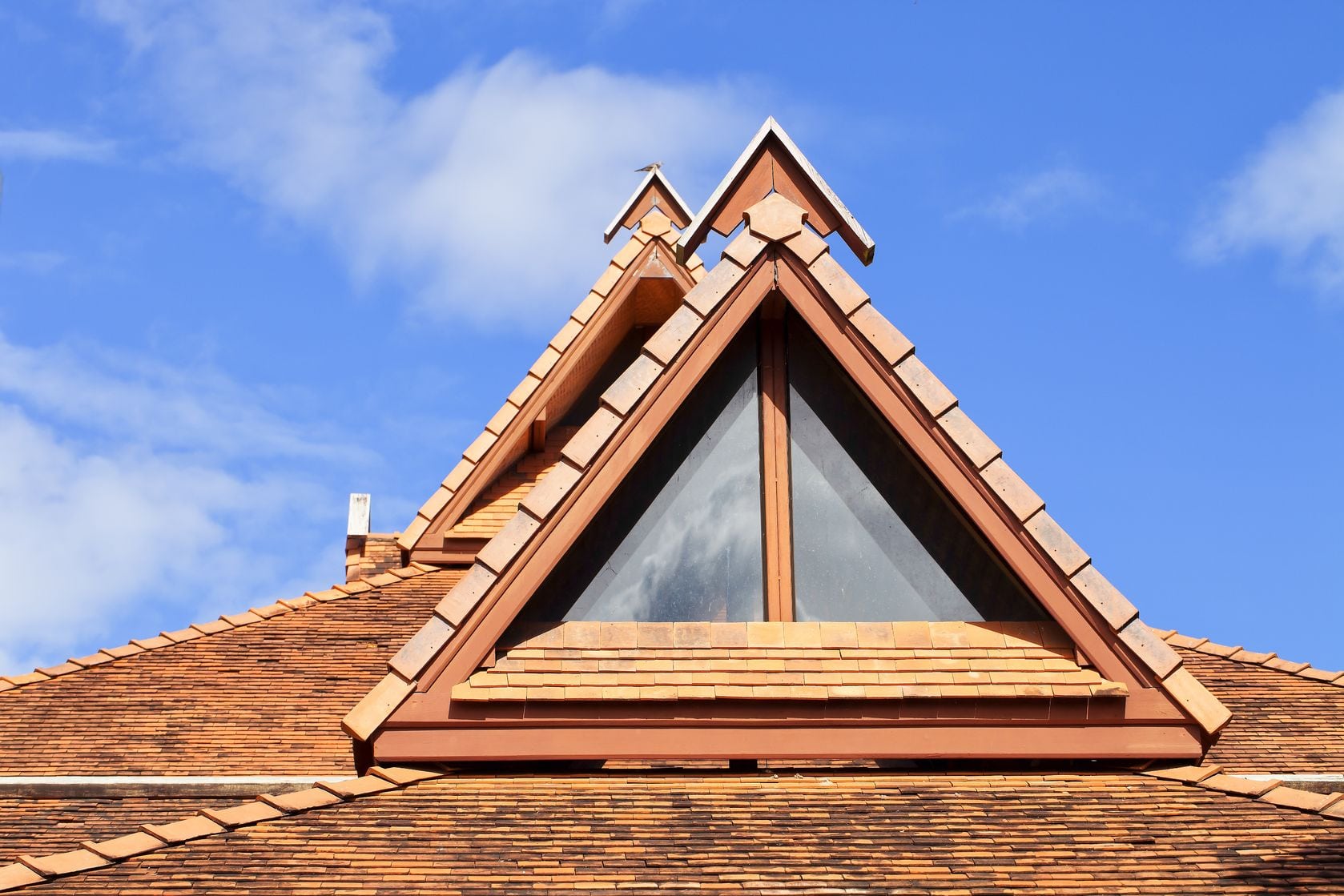
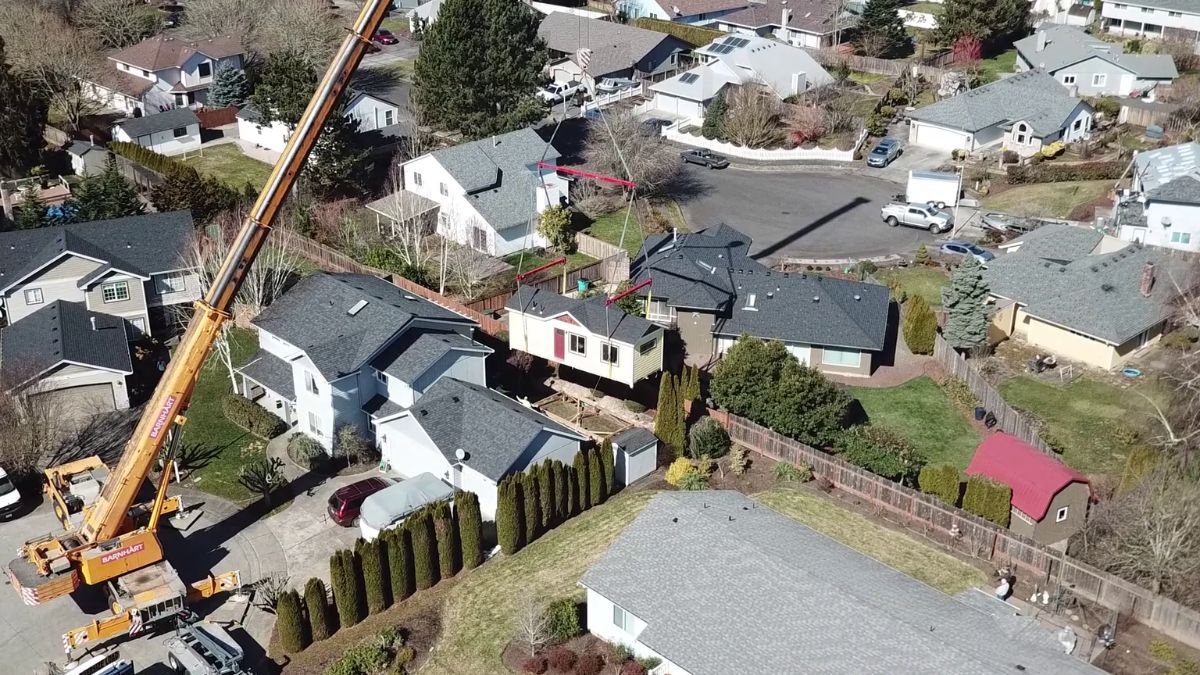
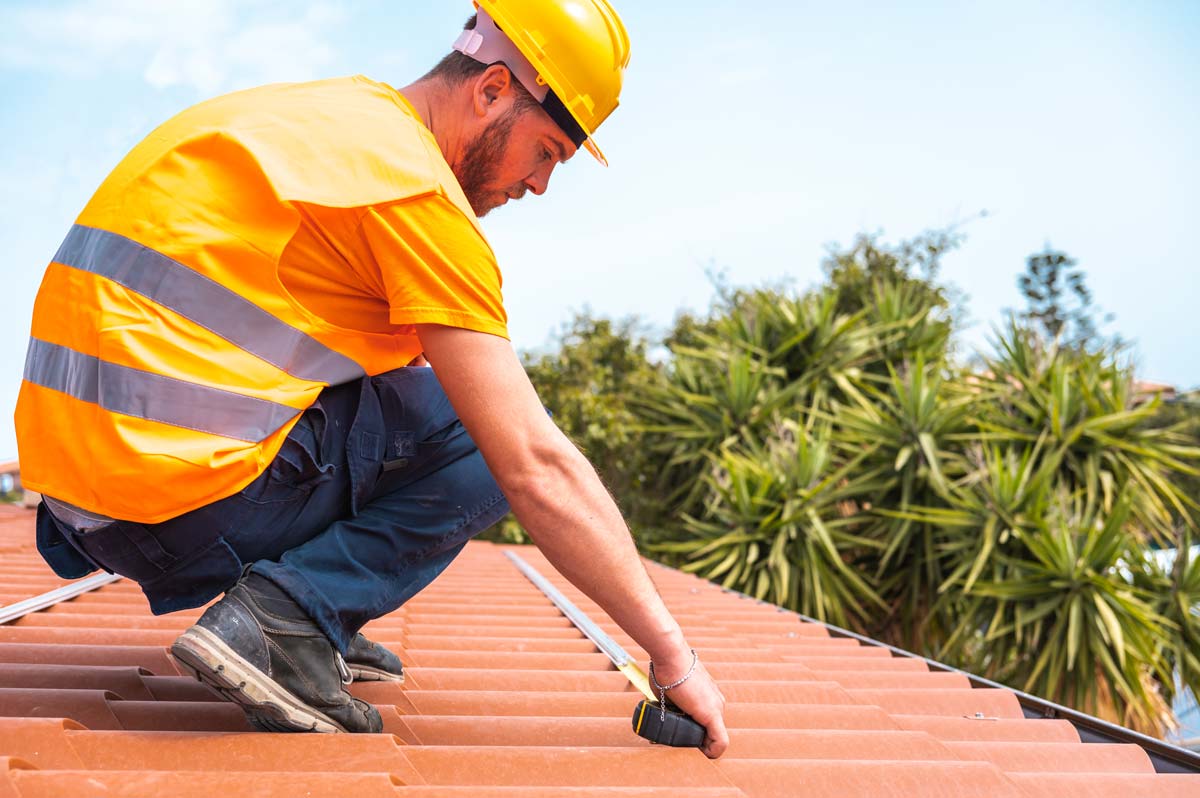
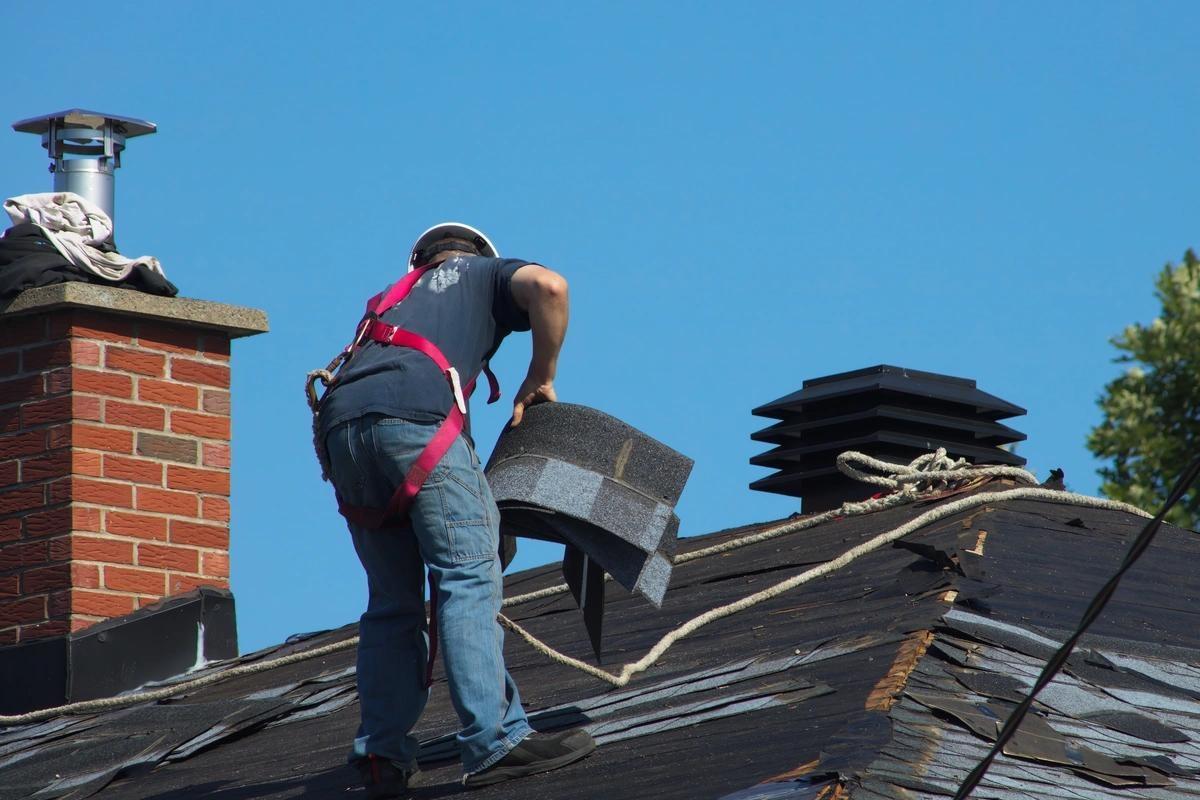
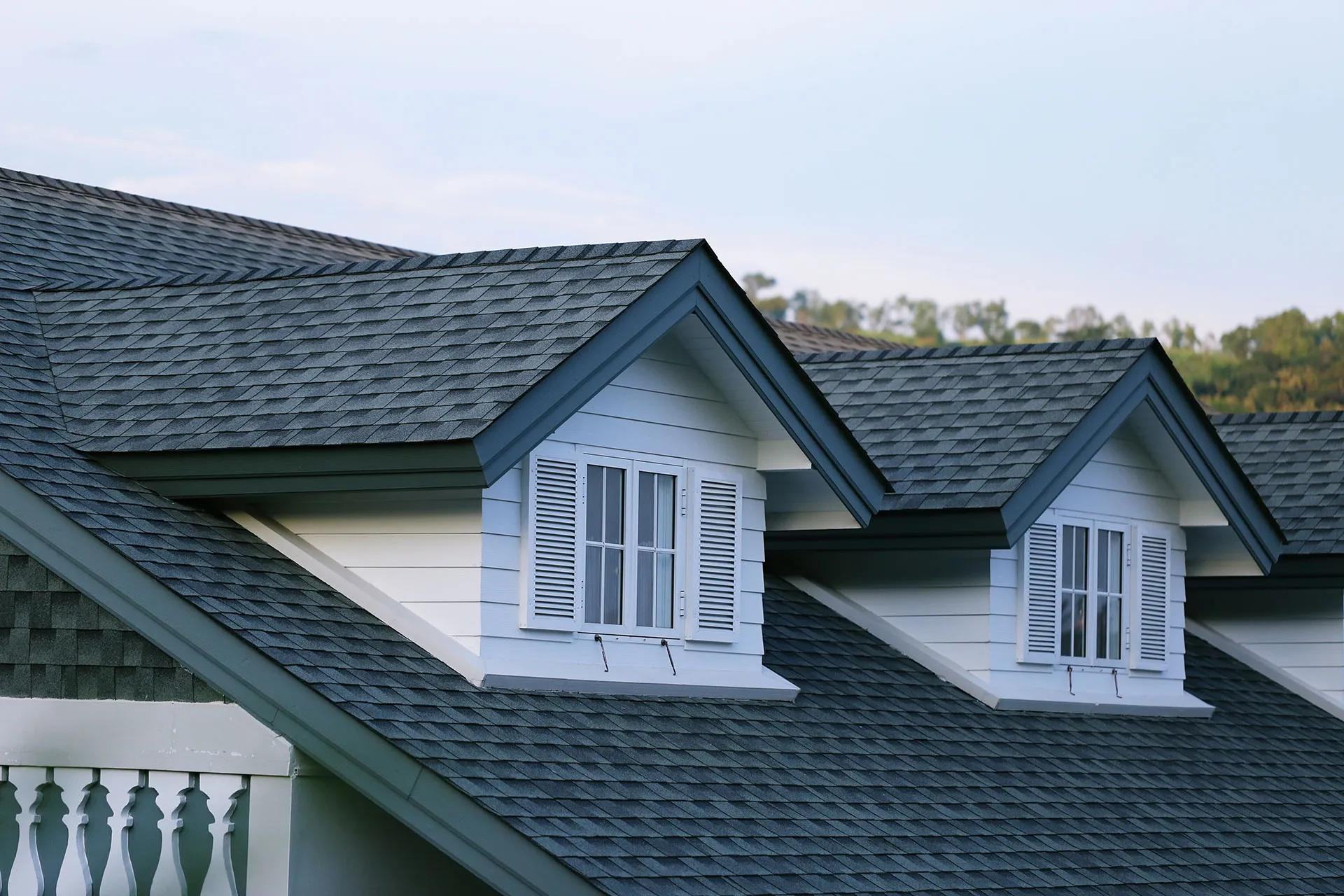
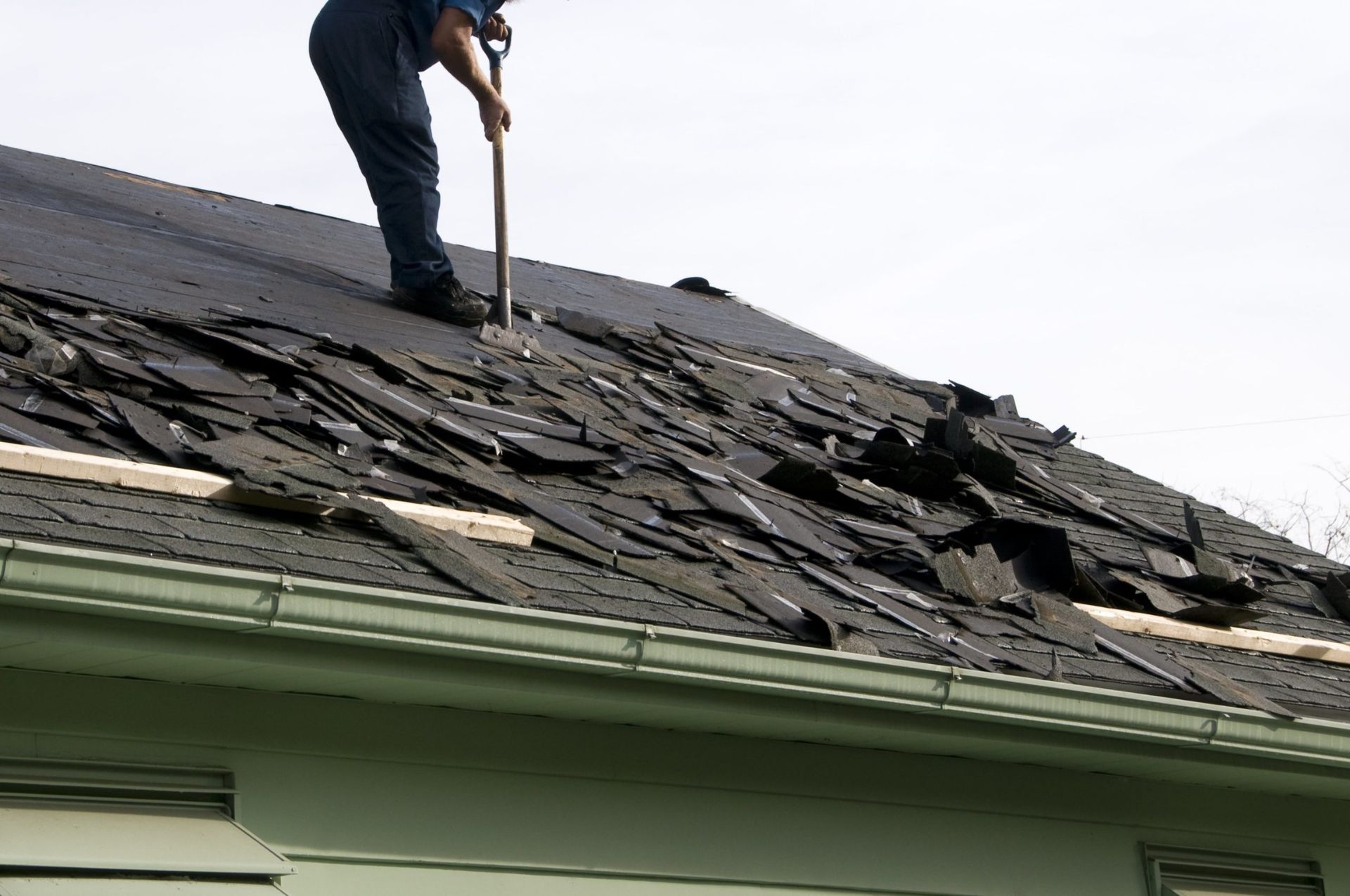
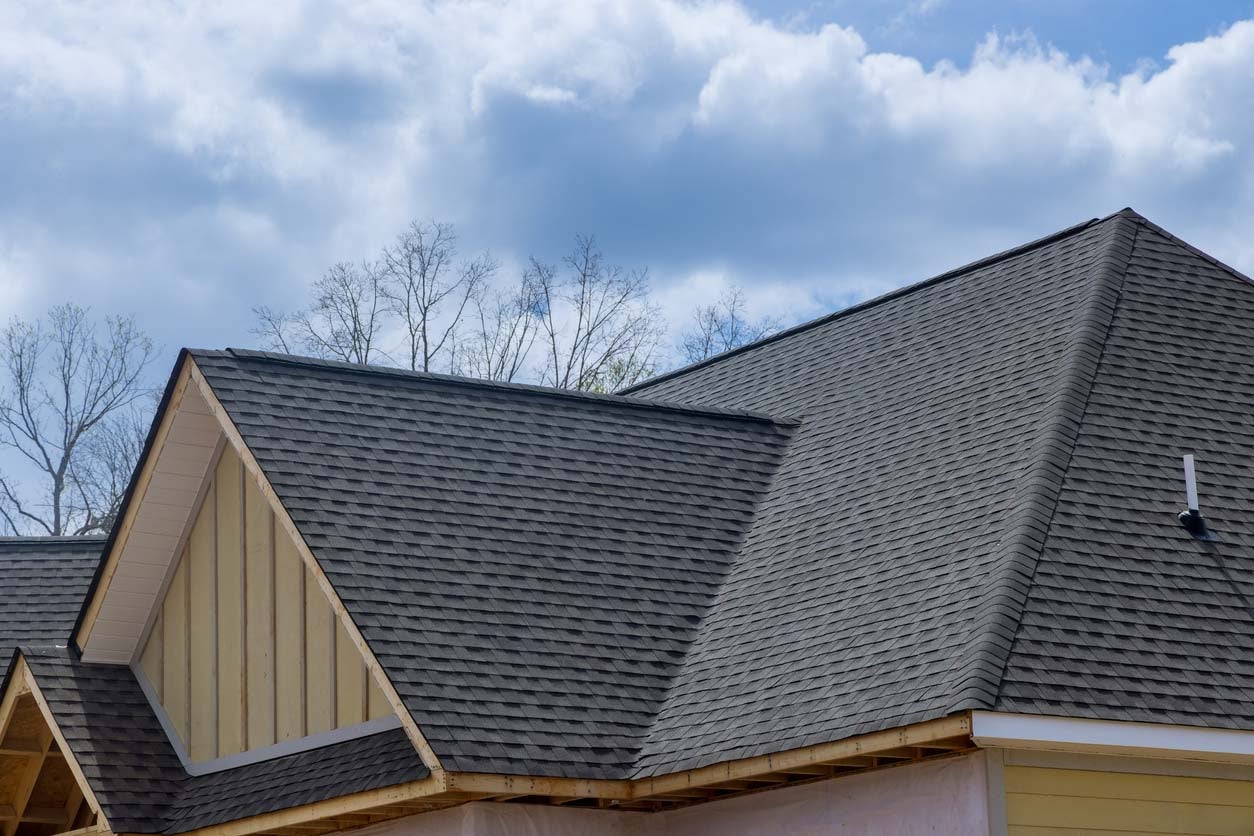
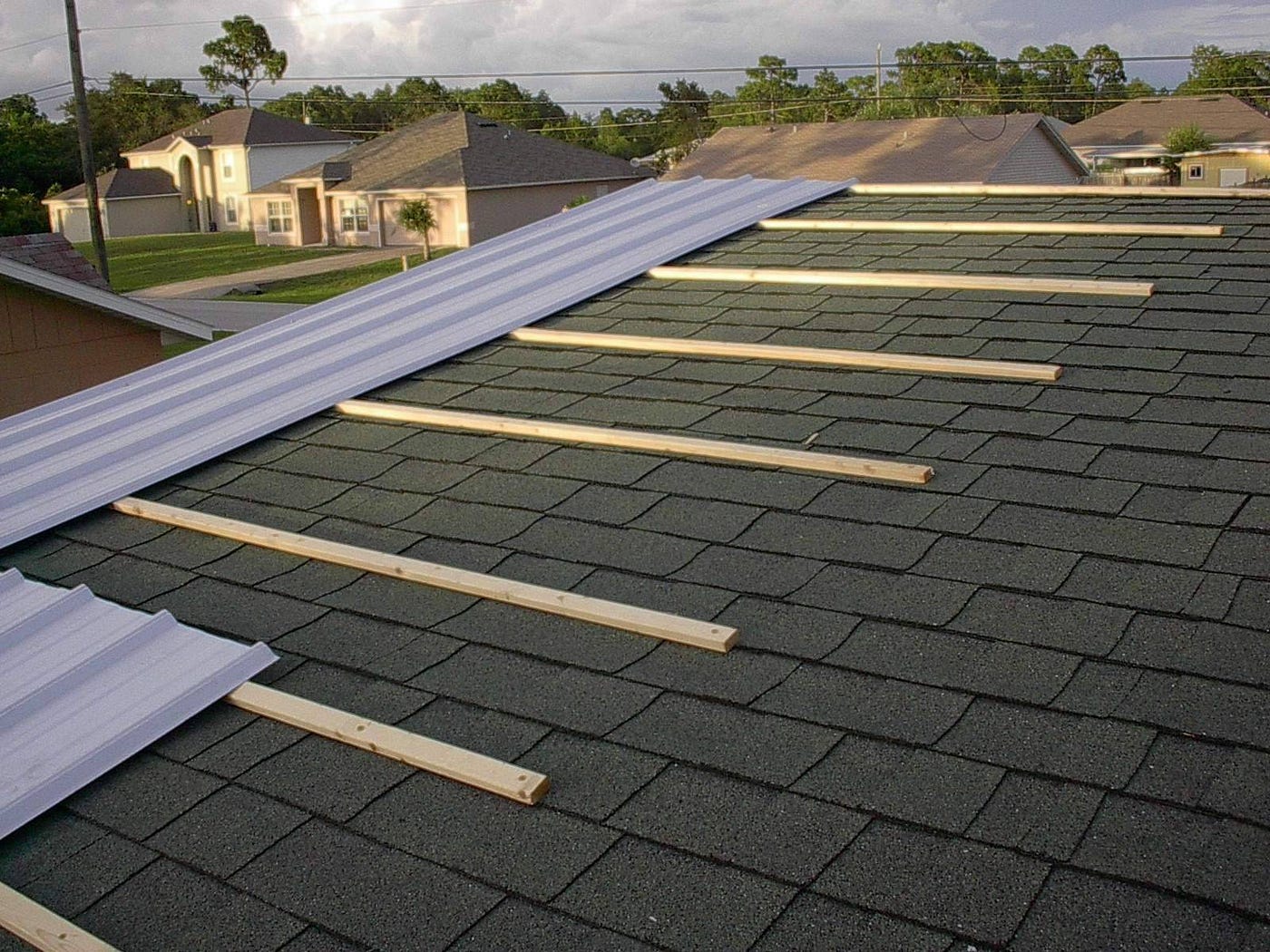
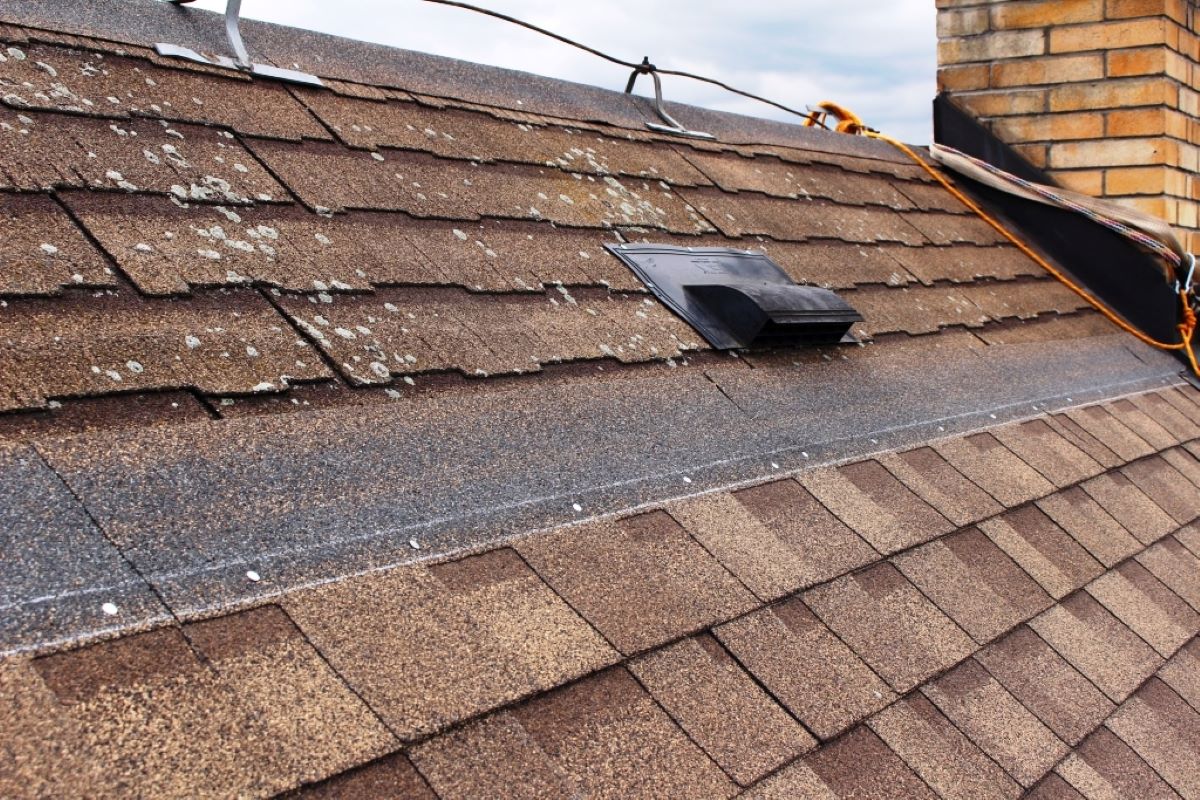
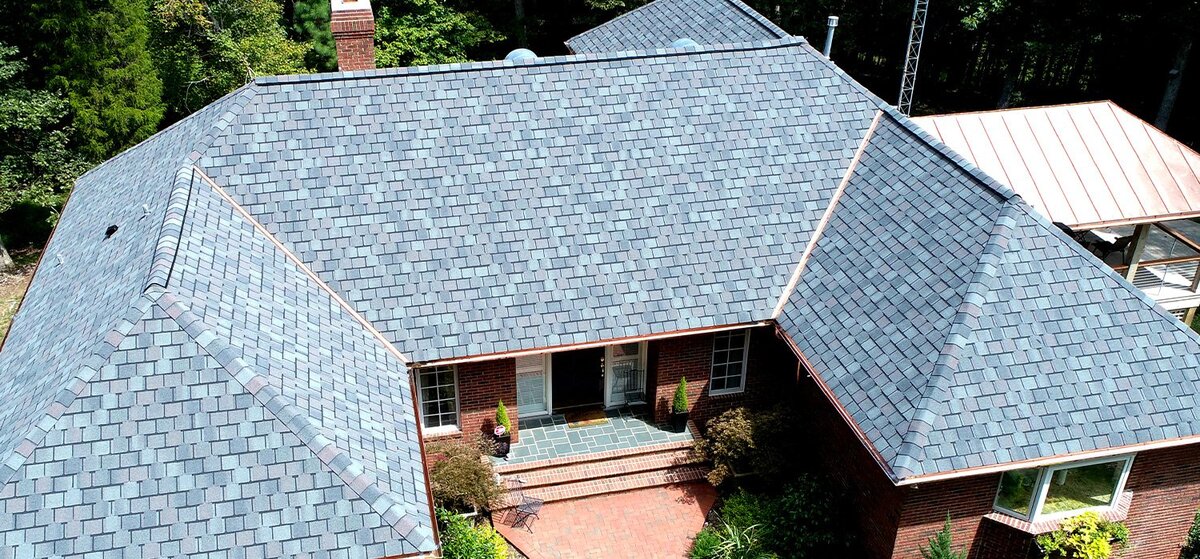

0 thoughts on “What Is A Roof Shingle”